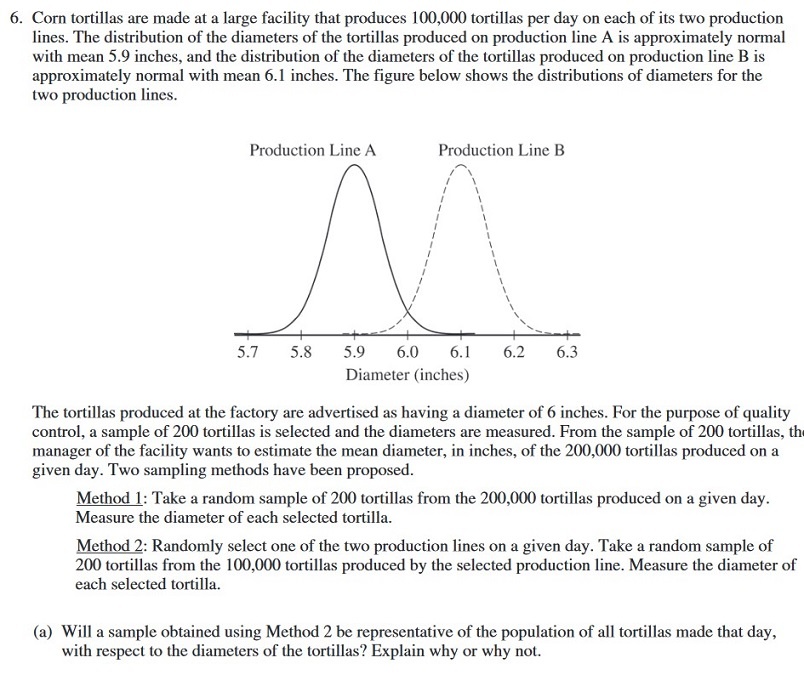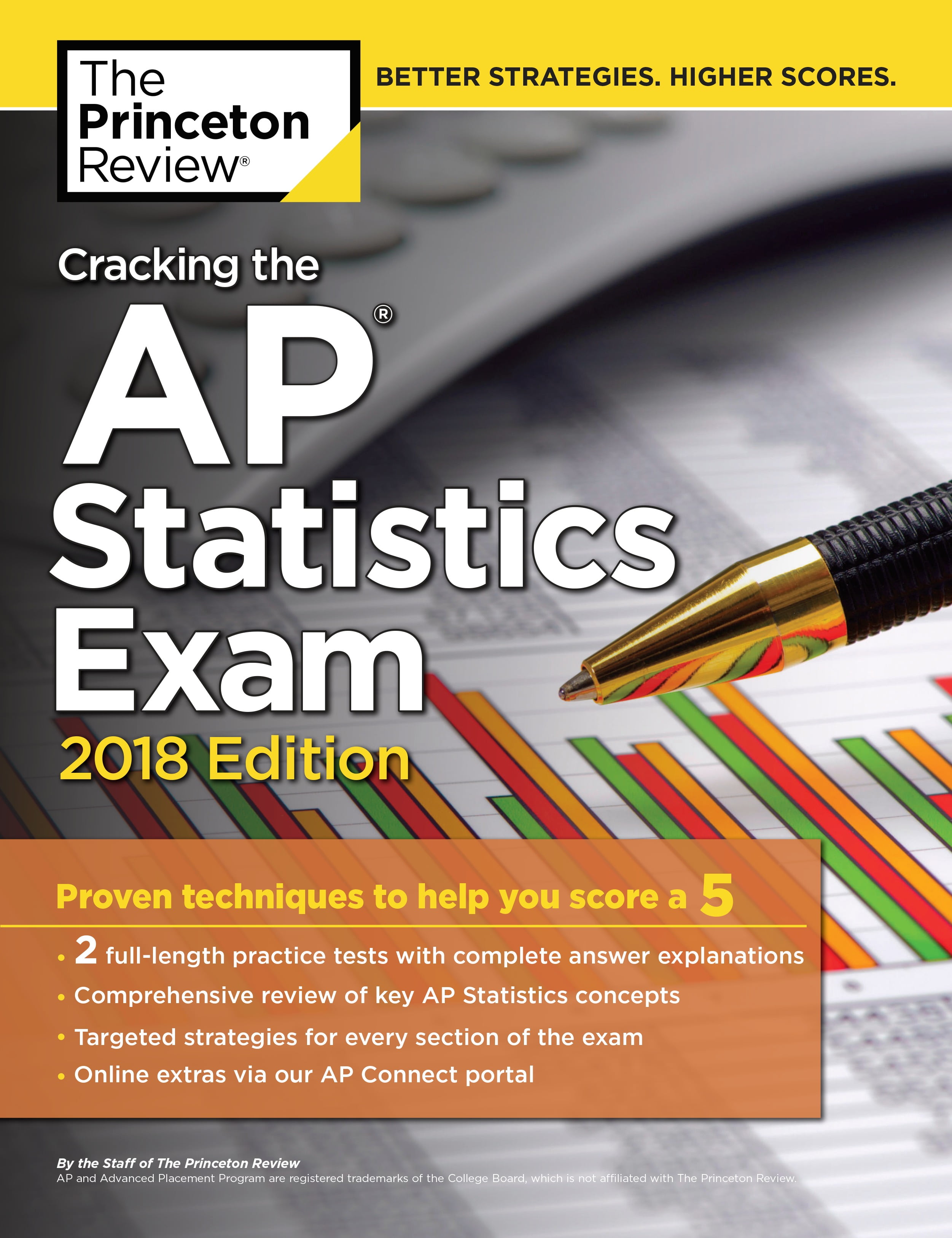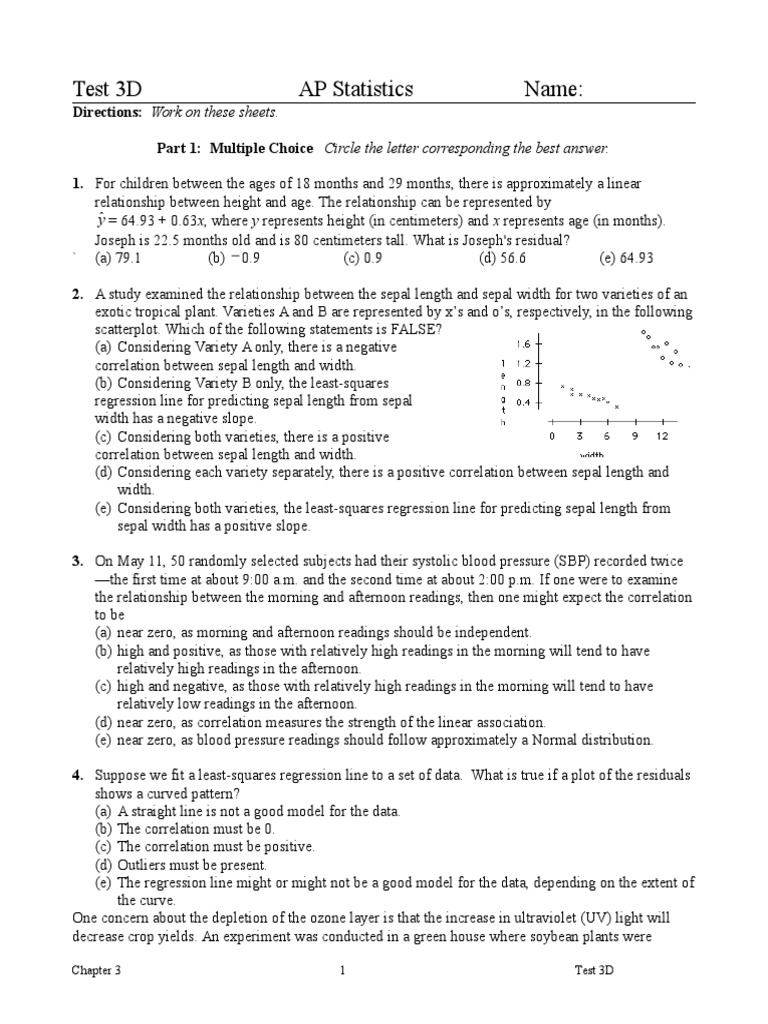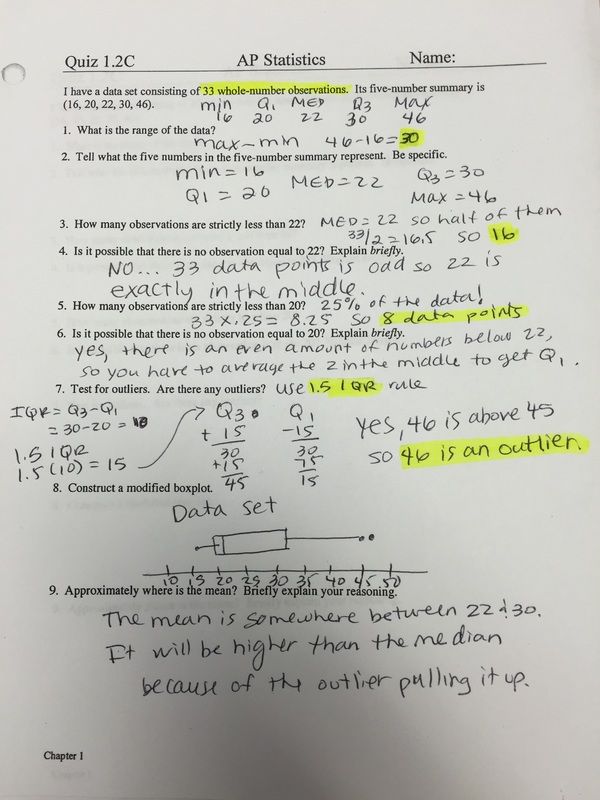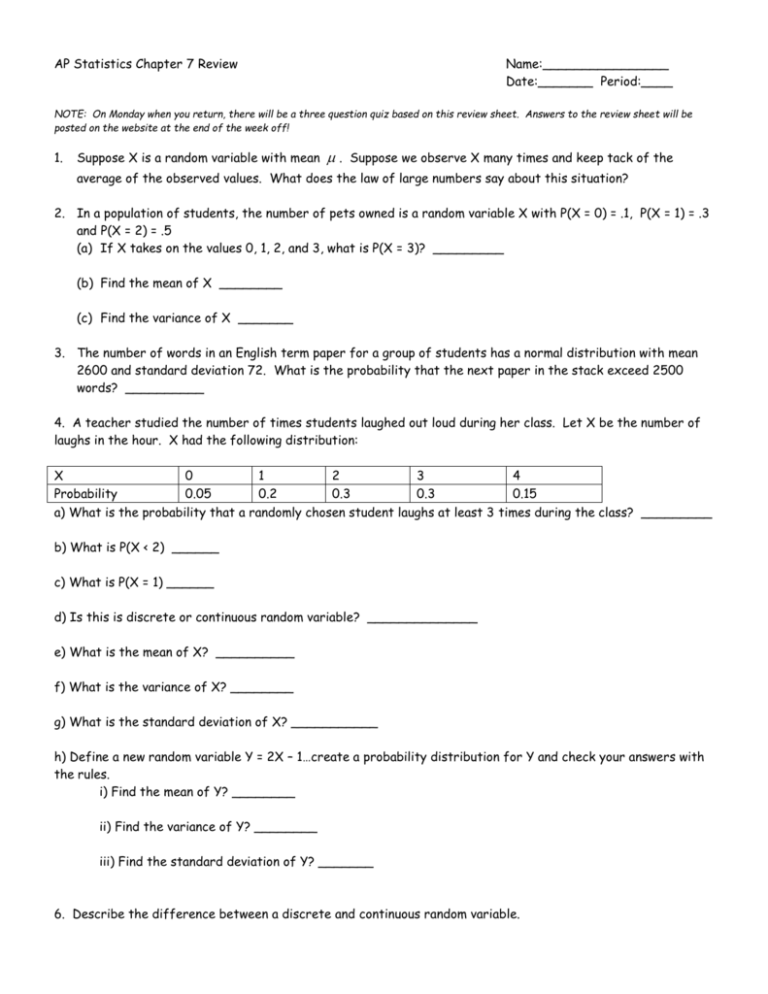Chapter 5 Ap Statistics
Chapter 5 Ap Statistics - Web learn ap statistics chapter 5 with free interactive flashcards. Web ap statistics chapter 4; #3 is impossible unless one of the events has a probability. Web the measurement of data from individuals without trying to influence the responses. Determine the union, intersection, or complement of any combinations of events. Probability probability click the card to flip 👆 the study of randomness. Describing patterns and departures from patterns. Other sets by this creator. Web master unit 5 of ap statistics: Which of the following statements is true?.
Web free response ap® problem, yay! Sampling distributions with our extensive resources! The proportion of times an outcome would occur in a very long series of repetitions. Stats plans to toss a fair coin 10,000 times in the hope that it will lead him to a deeper understanding of the laws of probability. Web ap statistics chapter 5 review term 1 / 23 probability click the card to flip 👆 definition 1 / 23 a number between 0 and 1 the describes the proportion of times the outcome would occur in a very long series of repetitions. Other sets by this creator. Age at diagnosis 20 to 29 30 to 39 40 to 49 50 to 59 total. Web chapter 5 ap statistics practice test dr. Web learn about the major concepts and tools used for collecting, analyzing, and drawing conclusions from data. Web learn ap statistics chapter 5 with free interactive flashcards.
The proportion of times an outcome would occur in a very long series of repetitions. Choose from 5,000 different sets of ap statistics chapter 5 flashcards on quizlet. How to grade your ap statistics tests. Web free response ap® problem, yay! P (a or b) = p (a) + p. Web the measurement of data from individuals without trying to influence the responses. Sampling distributions with our extensive resources! Web two events that have no outcomes in common that can never occur together; When appropriate use a tree diagram or venn diagram to determine a sample space. Determine the union, intersection, or complement of any combinations of events.
AP Statistics Chapter 5 YouTube
Our resource for the practice of statistics for the ap exam includes answers to chapter. Describing patterns and departures from patterns. Click the card to flip 👆 1 / 26. Web essentially it forces them to think about the definition of mutually exclusive and the definition of independent in many different contexts. Imposes a treatment on the.
The Ultimate Guide to the AP Statistics Exam
Web essentially it forces them to think about the definition of mutually exclusive and the definition of independent in many different contexts. Determine the union, intersection, or complement of any combinations of events. Learn about the cental limit theorem, point estimates, and how to use sampling distributions for sample means. Imposes a treatment on the. Which of the following statements.
30+ Ap Stats Chapter 5 Practice Test BllyssEnYing
Ap statistics chapter 9 and 12; Probability probability click the card to flip 👆 the study of randomness. Web free response ap® problem, yay! When p (a and b) = 0. P (a or b) = p (a) + p.
Chapter 5 AP Statistics
Web essentially it forces them to think about the definition of mutually exclusive and the definition of independent in many different contexts. Learn about the cental limit theorem, point estimates, and how to use sampling distributions for sample means. Chapter 5 review chapter 5 review exercises chapter 5 ap® statistics practice test. Ap free response questions that you can use.
12+ Chapter 5 Ap Statistics Practice Test Answers KelsayPrekake
The proportion of times an outcome would occur in a very long series of repetitions. Web learn ap statistics chapter 5 with free interactive flashcards. Click the card to flip 👆 1 / 26. #3 is impossible unless one of the events has a probability. How to grade your ap statistics tests.
5+ Ap Statistics Chapter 3 Multiple Choice Answers OmitaMalakai
Web learn about the major concepts and tools used for collecting, analyzing, and drawing conclusions from data. Imposes a treatment on the. Web free response ap® problem, yay! Click the card to flip 👆 1 / 26. Chapter 5 review chapter 5 review exercises chapter 5 ap® statistics practice test.
Bestseller Ap Statistics Chapter 8a Test Answer Key
The expected counts for the eight cells of the table are at least 5, as seen in the following table, with expected counts shown below observed counts. Chapter 5 review chapter 5 review exercises chapter 5 ap® statistics practice test. Web chapter 5 ap statistics practice test dr. Which of the following statements is true?. Choose from 5,000 different sets.
Ap Statistics Scoring Worksheet
Probability probability click the card to flip 👆 the study of randomness. Ap statistics fall final review; In this chapter we will learn the following content as described in the ap statistics course description: P (a or b) = p (a) + p. You’ll explore statistics through discussion and activities, and you'll design surveys and experiments.
AP Statistics Chapter 5 Test
Web ap statistics chapter 5. Chapter 5 review chapter 5 review exercises chapter 5 ap® statistics practice test. Click the card to flip 👆 1 / 26. With the expert authorship of high school ap® statistics veterans, daren starnes and josh tabor and their supporting team of ap® teacher/leaders, the practice of statistics… #3 is impossible unless one of the.
8+ Ap Statistics Chapter 5 Practice Test Probability ReighanYoan
You’ll explore statistics through discussion and activities, and you'll design surveys and experiments. When appropriate use a tree diagram or venn diagram to determine a sample space. Web two events that have no outcomes in common that can never occur together; Learn about the cental limit theorem, point estimates, and how to use sampling distributions for sample means. Web ap.
Learn About The Cental Limit Theorem, Point Estimates, And How To Use Sampling Distributions For Sample Means.
Web the practice of statistics is the most trusted program for ap® statistics because it provides teachers and students with everything they need to be successful in the statistics course and on the ap® exam. Probability probability click the card to flip 👆 the study of randomness. Sampling distributions with our extensive resources! How to grade your ap statistics tests.
Choose From 5,000 Different Sets Of Ap Statistics Chapter 5 Flashcards On Quizlet.
Web free response ap® problem, yay! Web master unit 5 of ap statistics: P (a^c) probability of not a within the sample space. Web how to write a great test for ap statistics.
The Proportion Of Times An Outcome Would Occur In A Very Long Series Of Repetitions.
Stats plans to toss a fair coin 10,000 times in the hope that it will lead him to a deeper understanding of the laws of probability. Which of the following statements is true?. Ap statistics chapter 9 and 12; Randomness, probability and simulation probability the probability of any outcome of a chance process is a number between 0 and 1 that.
Our Resource For The Practice Of Statistics For The Ap Exam Includes Answers To Chapter.
Chapter 5 review chapter 5 review exercises chapter 5 ap® statistics practice test. Click the card to flip 👆 1 / 26. Ap free response questions that you can use on the chapter 5 test Web learn about the major concepts and tools used for collecting, analyzing, and drawing conclusions from data.

